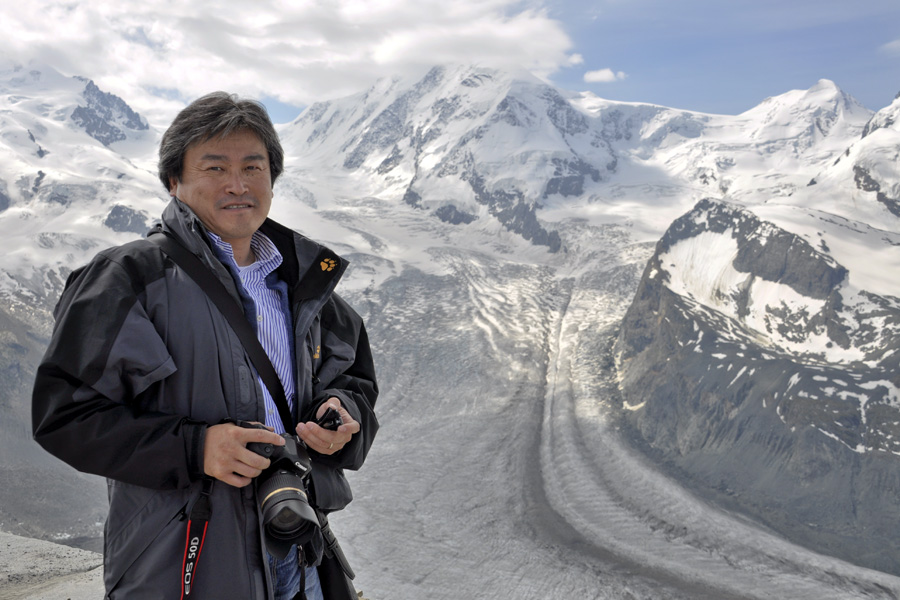
Shooting Against a Bright Background Fools Your Camera’s Meter: One Easy Answer Is A Quick Exposure Compensation Adjustment



My friend and colleague Ken did a better job than me explaining this. Enjoy!
Silhouettes are some of the most dramatic images. Who doesn’t love the silo of father and child walking away from the camera holding hands; or dad lifting a toddler high above his head against a blue sky; or an iconic skyline with a beautiful sunset backdrop. I could go on and on with examples we can instantly picture in our minds…palm trees, mountain ranges, large mammals atop a hillside, swimmers getting ready to jump into the lake. You get it. And to get the shot, it is actually very easy. My first example is not the greatest composition due to the distracting fence that surrounds the basketball court, but it clearly shows the subject and all details as black silhouettes. To take a silhouette photo, it helps to remember how the camera makes a proper exposure. When the meter reads very bright light, it stops down the aperture to a very small aperture, thus letting in less light. So if you point the camera at the sky, and lock in the exposure for the bright blue sky or brilliant sunset, the camera will pick a very small aperture like F22, letting in less light and therefore under-exposing your subject, which in turn becomes black. You can vary the effect by using your exposure compensation button (+/-) and taking shots a stop or two under and a stop or two over and pick the effect you like best. In my examples below, I metered off of the bright water and achieved the same effect. So next time it is a sunny day, crouch low so that your subject is against the bright background, meter for the sky and shoot away.